Track of the Banque Populaire V in purple, track of current record holder Groupma in green
Last February the crew of the 130′ long by 120′ wide maxi-trimaran Banque Populaire V was forced to give up their attempt to the win the Jules Verne trophy for the fastest circumnavigation by sail when the trimaran struck an “unidentified floating object” while traveling at 37 knots, severely damaging a dagger board. On November 22, 2011, the Banque Populaire V set out again and has had much better fortune. After only 18 days, the big tri has sailed past Spain, down the South Atlantic, around the Cape of Good Hope, across the Indian Ocean and now has cross the longitude of Cape Leeuwin, Australia. They are currently almost four days and 2000 miles ahead of the position of the current record holder, the French trimaran Groupama 3,

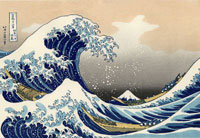 Within hours of the tsunami that struck northern Japan last March, the internet was abuzz with the somewhat bizarre suggestion that the earthquake and wave which followed might be some sort of
Within hours of the tsunami that struck northern Japan last March, the internet was abuzz with the somewhat bizarre suggestion that the earthquake and wave which followed might be some sort of  Last April, Commander Etta Jones was relieved of duty as captain of the amphibious transport dock ship
Last April, Commander Etta Jones was relieved of duty as captain of the amphibious transport dock ship 
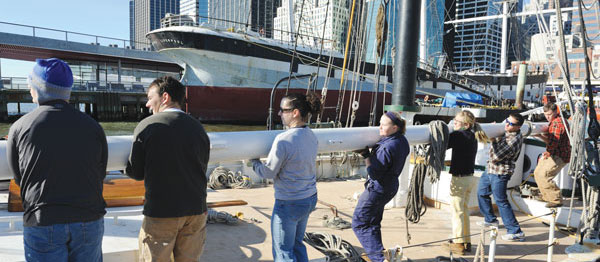 Several years ago I took
Several years ago I took We seem to need to put a face to our enemies. On the
We seem to need to put a face to our enemies. On the 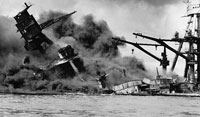 It was inevitable. The
It was inevitable. The 
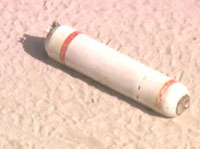 Perhaps Miami Beach is feeling a certain solidarity with Koblentz, Germany. Today an M57 US Navy training mine washed up on Miami Beach. Fortunately the mine was inert and did not contain explosive. Yesterday, bomb disposal experts successfully defused two World War II vintage bombs which had become exposed on the Rhine riverbanks at Koblentz, when water levels dropped due to an ongoing drought.
Perhaps Miami Beach is feeling a certain solidarity with Koblentz, Germany. Today an M57 US Navy training mine washed up on Miami Beach. Fortunately the mine was inert and did not contain explosive. Yesterday, bomb disposal experts successfully defused two World War II vintage bombs which had become exposed on the Rhine riverbanks at Koblentz, when water levels dropped due to an ongoing drought.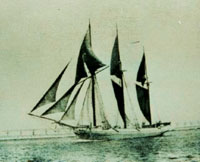
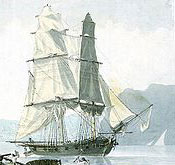
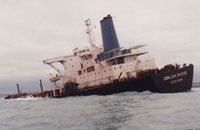 Twenty five years ago today, the ore-bulk-oil carrier
Twenty five years ago today, the ore-bulk-oil carrier 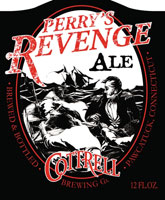 Last January, three divers, Charles Buffum, Mike Fournier and Craig Harger, announced that they had located the wreck of
Last January, three divers, Charles Buffum, Mike Fournier and Craig Harger, announced that they had located the wreck of